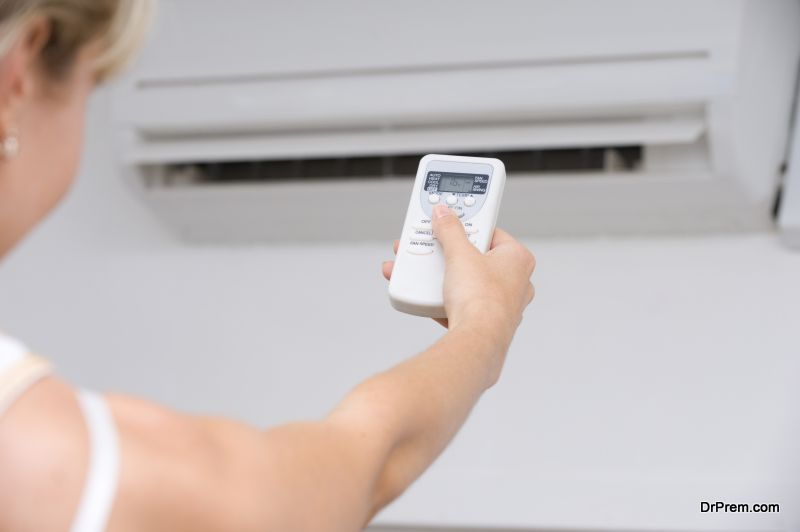A lot of homeowners are concerned about going green. Going green not only allows you to help out the environment, but can even help you save some money on monthly expenses. But how do you get started? There are a lot of ways to go green inside your home, but some of them are pretty complicated, making it hard to begin. To help you out, here are 5 easy ways that you can use to start going green within your own home.
Start Recycling More
One of the best ways to start going green is by recycling. Many of us recycle some things already, but there may be some things you are missing. Whether this is a new practice for you, or you’re looking for some new ways, here are a few things you can recycle around your home: cardboard, paper, plastic, glass, and wood. Find your local recycling center and see what sort of materials they accept. Then, start making it a habit to put these items aside when you’re done with them, rather than throwing them away. It will take a little getting used to, but once you do, it’ll become second nature to recycle versus throwing something away.
Use Solar Power
One of the best ways to make your home greener is with solar power. Solar power devices take their energy from the sun, meaning you don’t have to worry about using gas or electricity. You can use solar power to operate anything as small as your garden lights or up to your entire home (if you get enough sunlight). In some cases you may need to put down a solid base in order to support your large solar panels, so look into getting some concrete form rentals to help you out. Once you make the switch to solar panel, you should be rewarded with lower energy bills, an improved home value, and a sense of satisfaction knowing you’re doing your part to help the environment.
Compost Your Garbage
Even if you recycle everything you can, you’re still throwing a lot away. Wouldn’t it be great if you could put some of your garbage to good use? Well luckily you can. Food compost makes great fertilizer, which you can then use to start a garden in your yard. It takes a little bit of time and effort, but composting your food is one habit you’ll be glad you started. To learn more about how to start composting your food, you can check out this guide for more information.
Install Energy Saving Lights
When it comes to going green, every little bit helps. Swapping out your current lights in favor of some energy saving ones won’t take you long, but will take you one step closer to going green. Go from room to room and replace all of your current bulbs with more energy efficient models. Then make your way outside to replace any lights there. Energy saving lights are sometimes not as bright, or can take some time to turn on all of the way, but these are minor adjustments you’ll get used to in no time.
Conserve Heat and Air Conditioning
Finally, one of the biggest drains on our energy bills, and therefore the most harmful to the environment, is our heat and AC. Our furnaces and air conditioning units require a lot of energy to run, so the less you can use them, the better of you’ll be. There are a few ways that you can go about conserving heat or AC. For starters, make sure that your home is properly insulated. Insulation will help to regulate the temperature inside your home, while also blocking outside air from coming in.
Besides that, you should only run your systems when you really need to. If you’re feeling a little chilly for example, maybe great a sweater before turning up the heat. Or if it’s a nice day out, consider opening up your windows for a cool breeze rather than turning on the AC. You don’t have to suffer inside your own home, but if you can use these major systems a little less, it’ll go a long way.
For more ways to cut costs on heating and air conditioning, try this guide.
Make Going Green a Priority
As you can see, it doesn’t take a lot of work to start having an eco-friendly home. Start off by picking one or two simple tasks, and then build from there. You don’t need to live in a hut in the woods in order to be more environmentally friendly. Just look for small ways to improve around your home, and this will be more than doing your part.
Article Submitted By Community Writer




